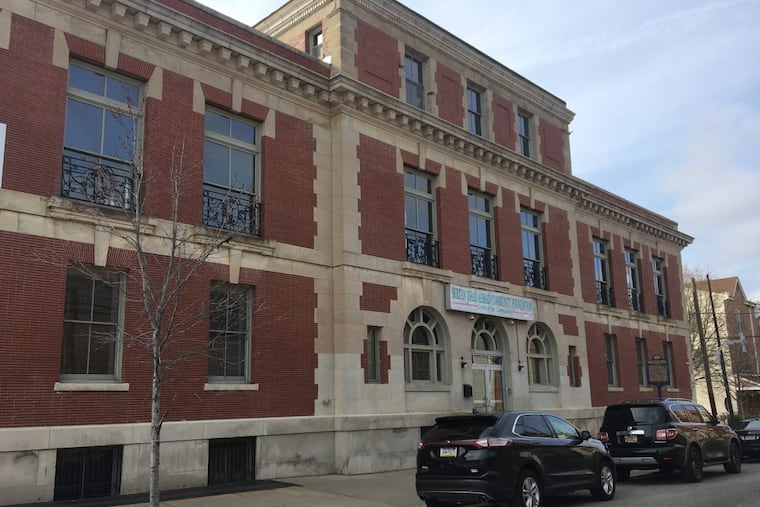One building's journey from a place of incarceration, to a venue of liberation
An old police station again houses a job training center in North Philadelphia.

There is a certain poetic justice when a building designed to incarcerate people is turned into venue for liberation. The handsome Colonial Revival structure at 19th and Oxford in North Philadelphia has undergone that transformation twice in its existence.
The brick-and-stone building started life around 1910 as a police station and jail. Fittingly for a civic building devoted to keeping the peace, its symmetrical design and heavy masonry construction projected an image of strength and solidity.
The choice of the Colonial Revival style was probably no accident, either. After the Centennial Exhibition of 1876, which was held in Fairmount Park, the architecture of America's founding period came back into fashion, partly as a way of asserting a strong national identity during a period when foreign immigrants were pouring into the country. While clearly a 20th-century design, the arched windows in the center portal, meaty keystones over the windows, and the dentil molding below the roof are all lifted directly from early-American architecture. Only the lacy, wrought-iron window grilles on the second floor seem to betray a slight nostalgia for the 19th-century's more ornate, Victorian style.
As nice as the composition is, the building didn't earn its place in history until 1964, when the Rev. Leon Sullivan, the progressive pastor of Zion Baptist Church, acquired the complex and established one of the first black-run job-training programs. By then, the Police Department's 22nd Precinct had moved to a modern building at 17th and Montgomery. Empty and dark, the old Colonial Revival structure was seen as an emblem of urban decay.
Sullivan's innovative training and education center, the Opportunities Industrialization Center, or OIC, turned the police station into a community anchor where people could turn their lives around. Some 5,000 people attended the opening ceremony. The center was filled day and night with students eager to master skills that would enable them to get jobs in North Philadelphia factories. Sullivan was already famous for leading a boycott to force the city's employers to hire black workers, and he was a strong believer in self-help and self-education. OIC's motto was "Helping People Help Themselves." But the OIC also went beyond vocational skills, offering classes in reading, mathematics, and African American history.
As the OIC grew into a national operation, the Philadelphia center outgrew the space. The organization eventually moved to Broad and Thompson, where Sullivan had constructed a suburban-style modernist office building.
It's not clear how the former police station was used after the move, but the building was empty when Sultan Ahmad spotted it in 2000. Ahmad, who once ran the Philadelphia Parking Authority, needed a new home for his own education and community center, named in honor of his son, Sultan Jihad Ahmad, who was murdered in 1992. It took almost 15 years to get the city to give him the building, but he finally obtained title in 2014.
Since then, his organization has been meticulously renovating the exterior with a state grant. Renovation of the first floor is now complete, and he said the foundation would begin hosting after-school programs and GED classes this spring. While the second and third floors are still under construction, the basement has been cleared out for a catering kitchen. That's also where the old jail cells are. They make perfect storage closets for the training center.